Antennas for a digital set-top box: characteristics and selection
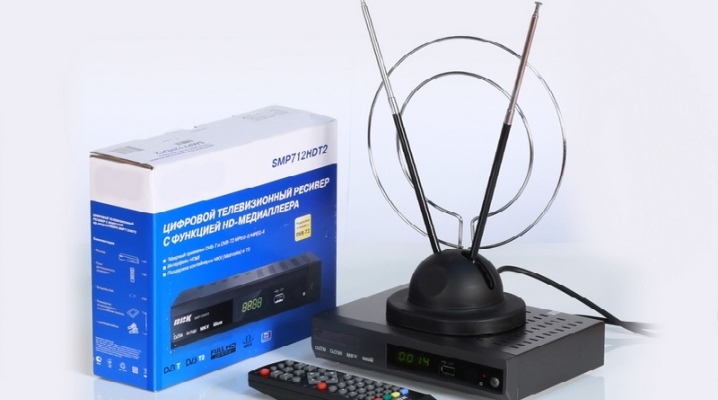
Before deciding on the selection of an antenna for receiving digital television, pay attention to the parameters of your TV. Models manufactured after 2012 have a built-in receiver for digital signal detection. Connecting with such a TV to digital television will not cause much difficulty, you just have to find the desired option in the settings menu, which switches the ability to recognize the digital signal. But if you have an older generation TV receiver, you will have to additionally purchase a DVT-T2 set-top box, the main task of which will be to convert the digital form of the signal to analog.
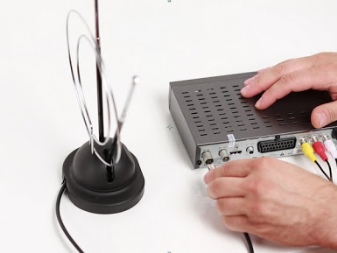

Characteristic
An antenna for a digital set-top box is needed to receive and amplify the signal passing from the TV tower to the TV. Such an antenna for TV has options that affect the quality of the broadcast image:
- location of the TV antenna - the closer it is to the television tower, the better the digital signal transmission will be;
- need for an amplifier - this device is needed to strengthen the weak incoming signal and improve its transmission to the TV set, which is especially important in the private sector outside the city;
- anti-interference - the TV antenna has the ability to protect the transmitted digital signal from the influence of extraneous radio waves emanating from the towers of mobile operators, which can interfere with the image when watching TV;
- ensuring the desired signal transmission range - for the correct operation of digital TV, a decimeter wavelength range is needed;
- branching to several TV sets - it is used when there are several TVs in the house or apartment.
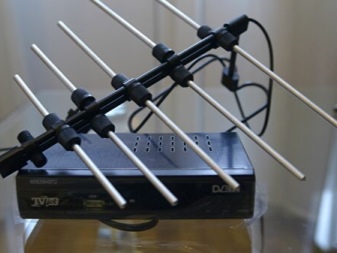
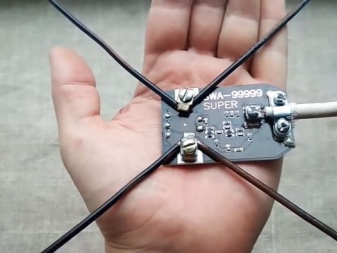
The performance of a digital television antenna will depend on many factors. - remoteness of the TV tower, landscape structure, amplifier power. The well-known fact that TV coverage outside the city is worse than in urban conditions is explained by the dependence on these listed factors.
Therefore, television antennas are divided into indoor and outdoor, capable of receiving a remote signal, as well as collective ones, installed on the roof of a multi-storey building.
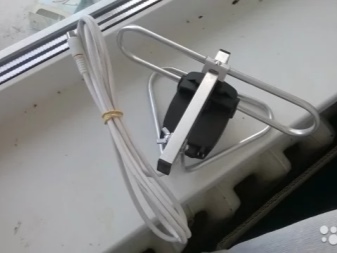
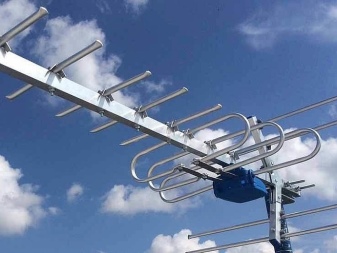
Views
Television antennas that work to search for and amplify a digital signal are subdivided not only by the installation site, but also by the presence of a built-in amplifier in them. An outdoor or simple home antenna can be passive, without an amplifier, or active, with a built-in amplifier. Often, the TV antenna is used in tandem with tunerthat can be adjusted to improve the image quality.
The antenna can be used one for two TV points, while the quality of the broadcast image does not deteriorate.

Consider the main types of television antennas.
- Room - it is used indoors, which is located close to a television tower. An amplifier is not required for such a location, but if the distance from the TV tower is significant, then a powerful amplifier is placed on the roof of the house, which will improve and strengthen a weak digital signal.
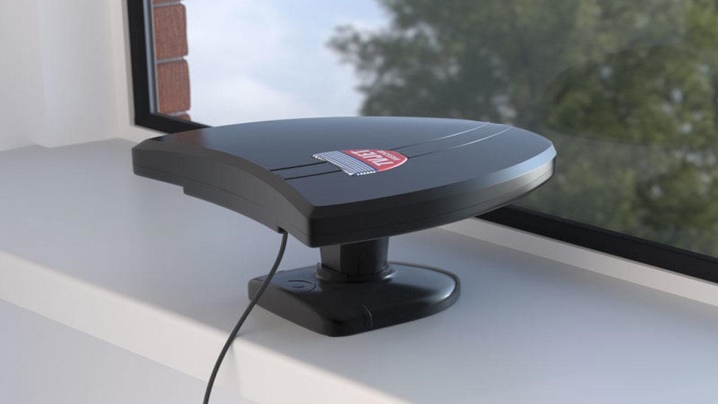
- Street - this type is used for country houses located at a great distance from the TV broadcast tower. In addition, this type of antenna is used in places where there is significant interference for signal transmission in the form of a complex relief of the surrounding landscape.An outdoor television antenna is equipped with an amplifier, and the most elevated place in the house is chosen for its installation. The recommended mounting height must be at least 30 m.
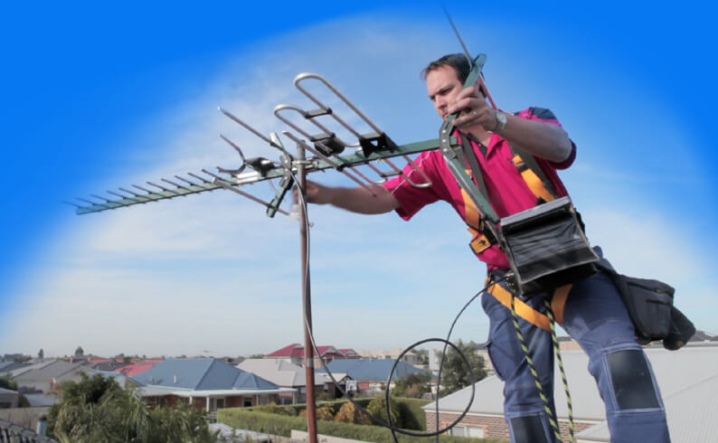
- Collective - it is placed on urban multi-storey buildings, where the reception of a digital signal is significantly limited. Modern residential complexes are equipped with antennas of this type. They have several amplified receivers and a common cable through which all digital TV users are connected.
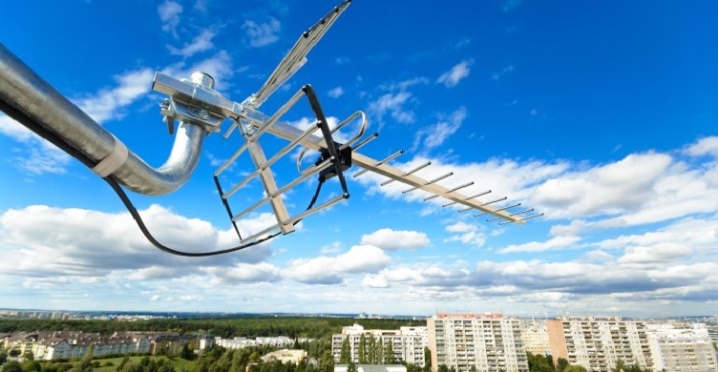
In addition, television antennas are also subdivided based on the directivity of the signal reception pattern. There are highly targeted devices and models capable of operating in a wide range of directions.
This type of characteristic of a television antenna makes it possible to tune it to almost any channels of transmitting television stations.


Model overview
The most common and well-established antennas for digital TV are several models.
- Remo Ufo DX 5V - This is an outdoor version that is equipped with a signal amplifying device and can function in areas where there is a low level of signal coverage. For convenience, manufacturers have equipped their product with mounting elements and a bracket, but the power supply for the antenna will have to be purchased additionally. The antenna picks up and transmits a signal over a distance of 50 km and can work in the decimeter range. The device can be directly powered from the TV.
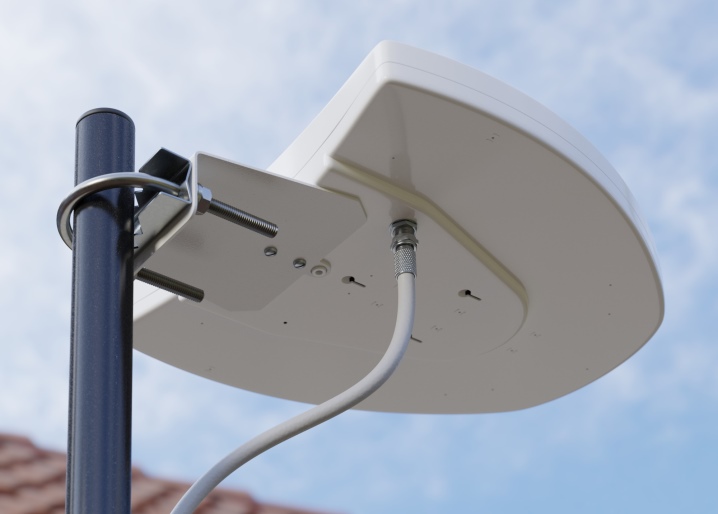
- Locus 07AF Turbo "Meridian" - street option for country houses. The active type of antenna is equipped with an amplifying device of up to 30 dB, due to which the signal is picked up from a distance of 50 km.

- Locus 12 AF Turbo "Meridian" - another outdoor version of an active antenna. The developers have created a device that can simultaneously support 2 television broadcasting standards - DVT-T2 and DVT-T. The antenna works at a distance of up to 50 km from the television tower, has an amplifier of up to 40 dB and works with the decimeter wavelength range.
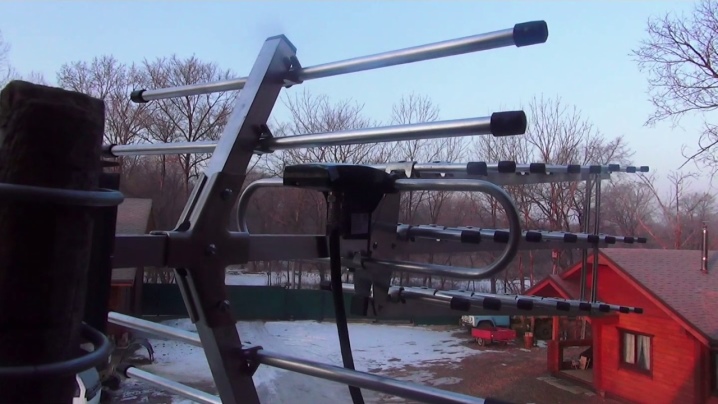
- Funke ODSC100 - can be used in unfavorable meteorological conditions, since the antenna body has a protective coating against the rays of the ultraviolet spectrum and high humidity. The device is outdoor, compact, works at a distance of no more than 40 km from the TV tower. There is a built-in amplifier up to 42 dB.

- Selenga 105A - a room-type device with an amplifier up to 12 dB. It is powered by a conventional 220 V power supply. It operates in the decimeter wavelength range.
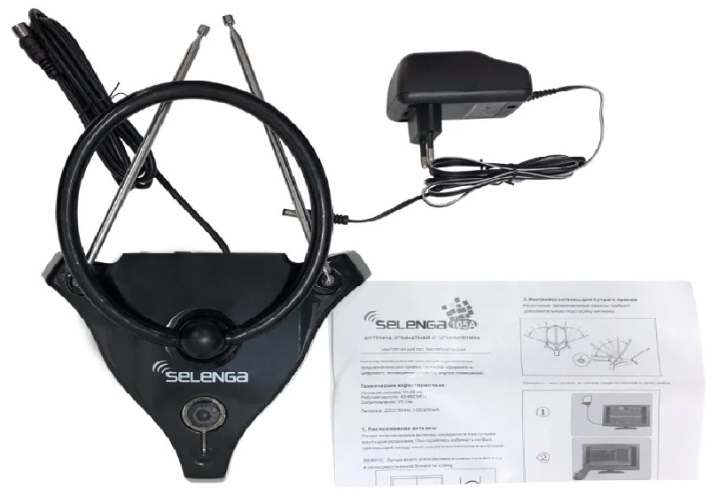
- Locus L-931.04 "Chizh" - indoor antenna, giving a gain of up to 17 dB. Power is supplied through the receiver, it works on UHF waves.
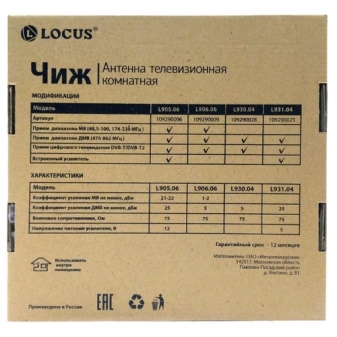
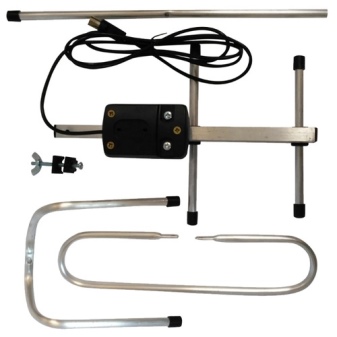
The modern TV antenna market has a very extensive offer, which greatly complicates the selection process for the average consumer. Many are guided by the most understandable criterion for them - the price, not taking into account the characteristics of the device.
Choice
When connecting a TV to digital television, consumers are wondering which antenna they should choose for their home or summer cottage. There are important factors that play a decisive role in the selection process:
- to connect to DVT-T2, the television antenna must operate in the decimeter wavelength range, since the meter range does not accept the specified format;
- for residents of the suburban sector, models equipped with an amplifier will be a good purchase, while it will not be required to watch TV programs in the city;
- to eliminate distortions of the transmitted digital signal and get rid of extraneous interference, the antenna must be directed towards the TV tower;
- if your TV is located in an area with increased noise from the nearby towers of mobile operators, then you should look for an antenna with built-in interference filters installed at the signal output (if the antenna does not have such a filter, then it can be purchased separately, taking into account which TV channels it is will be able to pass through itself);
- if you live in your own home, then you can get by with a passive antenna to connect one TV receiver, while to connect several TVs at once, you need to purchase an active version of the device.
After purchase, it is important to properly connect the device and set up the digital channels on your TV.

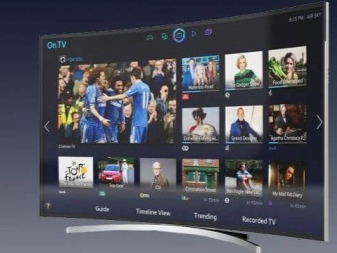
Application
Connecting a television in digital format is performed after connecting an antenna, which needs to be powered from a network or TV receiver... Some manufacturers for an active type television antenna produce a ready-made power supply in the kit, which must be connected to an electrical outlet. Sometimes the power supply has to be purchased separately, since the antenna will only work when connected to the mains. If, after connecting the device, the TV does not catch channels, you need to perform a number of actions.
- Passive types of TV antennas do not have a built-in amplifier in microcircuits. In this case, signal acquisition is performed if the device is turned towards the television tower. Next, you need to connect a digital tuner to the TV set according to the instructions, and then start tuning the TV antenna.
- The more powerful the TV antenna, the more it needs to be directed towards the source of the TV signal. Powerful devices with an amplifier can be up to 1.5 m in size, and designs without an amplifier can reach a value of up to 2.5 m - in this case, a signal can be received from a distance of 70-100 km from the TV tower. To direct the device to the TV tower, you will need to plug it into the corresponding connector on the TV receiver.
- At the same time, do not forget that the active models need to be supplied with power. To do this, find the "Antenna Power" option in the tuner settings menu and activate the power-on mode.
- We configure the tuner by running autotuning and wait for all channels to be found.
- The power and clarity of the signal transmission can be adjusted. On the TV remote control, we find the INFO button and press it sequentially 3 times. In this case, you will see two scales on the screen: one of them will indicate the signal level, and the second - its quality. Moving and rotating the TV antenna, they achieve the best parameters on these scales. Movements are made small, with a pause of 5-7 seconds.
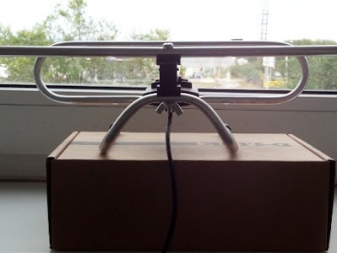
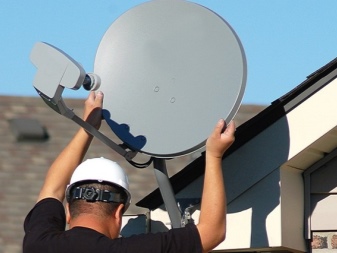
Once the device has been adjusted for a better position to the TV tower, you can start watching digital TV.
See below for an overview of Funke antennas.













The comment was sent successfully.